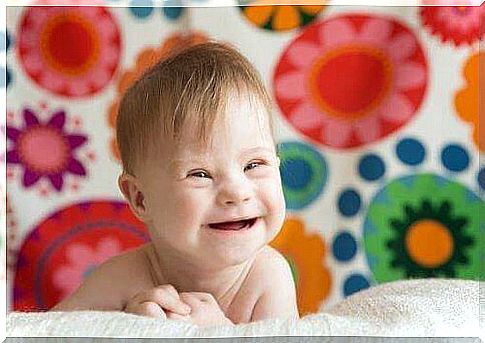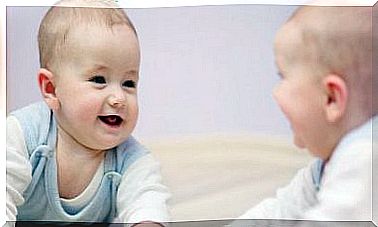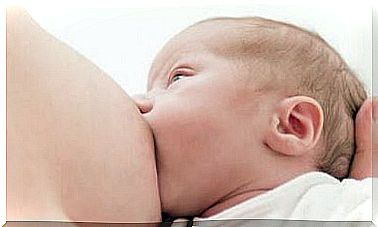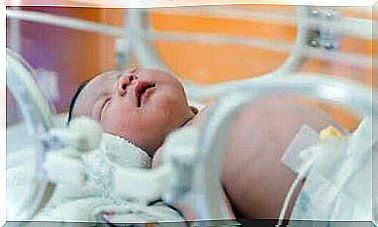Autosomal Chromosome Disorders

Autosomal chromosomal disorders are quite common. They cause birth defects because there is chromosome information in all the cells of the body. Each arm of a chromosome is divided into four regions, and within each region each band is numbered according to its distance from the centromere. The short arm is called “p” and the long arm is called “q.” For example, 1 q 23 indicates the following: chromosome number 1, long arm, second region, third band.
Autosomal chromosomal disorders often lead to the following disabilities :
- Mental and intellectual deficiencies.
- Presence of dimorphic properties and deformities.
- Delayed growth.
Classification of autosomal chromosomal disorders
There are two main types of chromosomal abnormalities: numerical and structural abnormalities.
Numerical chromosomal abnormalities
The most common cause of numerical chromosomal abnormalities is usually non-disjunction. In non-disjunction, chromosome pairs or chromatids fail to separate during the first or second division that occurs during meiosis or mitosis. The consequence is that the parts of that chromosome pair do not differ properly. In some gametes, therefore, there may either be too many chromosomes, or part of a chromosome may be missing.
When a germ cell with an extra chromosome joins a normal germ cell during fertilization, the resulting zygote receives three copies of that particular chromosome. This phenomenon is called trisomy.
When a game that lacks a certain chromosome joins a normal germ cell, this results in only a part of the chromosome pair being present, and this in turn produces what is called a monosomy.
Non-disjunction can also occur during mitosis, after meiosis phases I and II and during the formation of the zygote. This results in the baby being born with cells that are a mixture of either trisomic and normal, or monosomic and normal. This is called chromosomal mosaicism .
In addition, this type of chromosomal abnormality is almost always related to X chromosomes (mosaicism in other chromosomes is usually not as viable).

Deviations in the structure of the chromosomes
The most common abnormalities in the structure of chromosomes are deletion, duplication, inversion and translocation.
Deletion or loss: The loss of a fragment of a chromosome. As a result, the affected chromosome lacks all the genetic information stored in the lost fragment.
Duplication: The presence of another chromosome fragment. Sometimes a deleted fragment can attach to the outermost end of a homologous chromosome. This abnormality is much less harmful than erasure.
Inversion: This causes fragmentation of a chromosome due to two ruptures. Then the fragments rejoin the same chromosome, but in an inverted way. In general, this does not result in an abnormal phenotype, but it can have consequences for the generation that follows when the inverted chromosome joins a normal chromosome.
Translocation: The transfer of part of a chromosome to another non-homologous chromosome. Sometimes these translocations are reciprocal.
The structural abnormalities usually occur during meois in one of the gametes (mother or father).
Autosomal chromosome disorders and abnormalities
We briefly explain the most common chromosomal abnormalities below:
Down syndrome
This abnormality was first identified and described by Langdon Down in 1866. This is the most common and well-known chromosomal abnormality (it affects 1 in 700 births). People with Down syndrome have 47 chromosomes, and specifically they have an extra chromosome of number 21, that is, three instead of two.
You can usually identify this abnormality at birth, or shortly thereafter due to the presence of characteristics such as the following:
- Hypotension
- Intellectual disabilities
- Brachycephaly (excessive growth of the head due to premature closure of the coral sutures)
- Prominent tongue
- Short and thick hands
- Cardiac abnormalities in 35% of cases
- Smaller in size than normal
Although 95% of cases with Down syndrome are due to trisomy in chromosome 21, approximately 4% have a translocation of the long arm of chromosome 21 (to chromosome 13, 14, 15 or 22). These patients have 46 chromosomes, but phenotypically they do not differ from those with trisomy 21.
- The average age of mothers giving birth to children with Down syndrome is 34 years.
- Male carriers are less likely to have children with the condition than women.

Autosomal chromosomal disorders: Trisomy 18 (syndrome E)
This syndrome is associated with chromosome number 18. It is related to several congenital birth defects, and is much more severe than Down’s syndrome (most patients do not live longer than 6 months).
The most common symptoms are:
- Intellectual disabilities
- Inability to grow
- Deformities in ears, hands and feet
Trisomy 13 (syndrome D)
Trisomy 13 is rarer than the previous syndrome, but the abnormalities are much more severe (infants usually do not survive after the first month of life). It causes defects in the nervous system, intellectual disabilities, cleft lip, jaw and palate, skin abnormalities, heart defects, etc.
Autosomal chromosomal disorders: Cri-du-chat syndrome
This syndrome is due to a partial monosomy of chromosome number 5 (loss of a fragment of the short arm). It produces various abnormalities, but the most characteristic is the infant’s crying. The child sounds like when a cat moans. Other defects include intellectual disability and microcephaly.
Monosomi 4
This syndrome occurs due to a deletion of the short arm in chromosome number 4. It manifests itself in a phenotype characterized by low birth weight, lack of growth and a deviant appearance on the face.
Autosomal chromosomal abnormalities: Conclusions
In summary, doctors are struggling every day to improve our knowledge of these disorders, which affect many families and children. Fortunately, they are constantly discovering these conditions early on in new ways.
In addition, various treatments have also been developed, so there are now better ways to both prevent and improve care for children born with these disorders.









